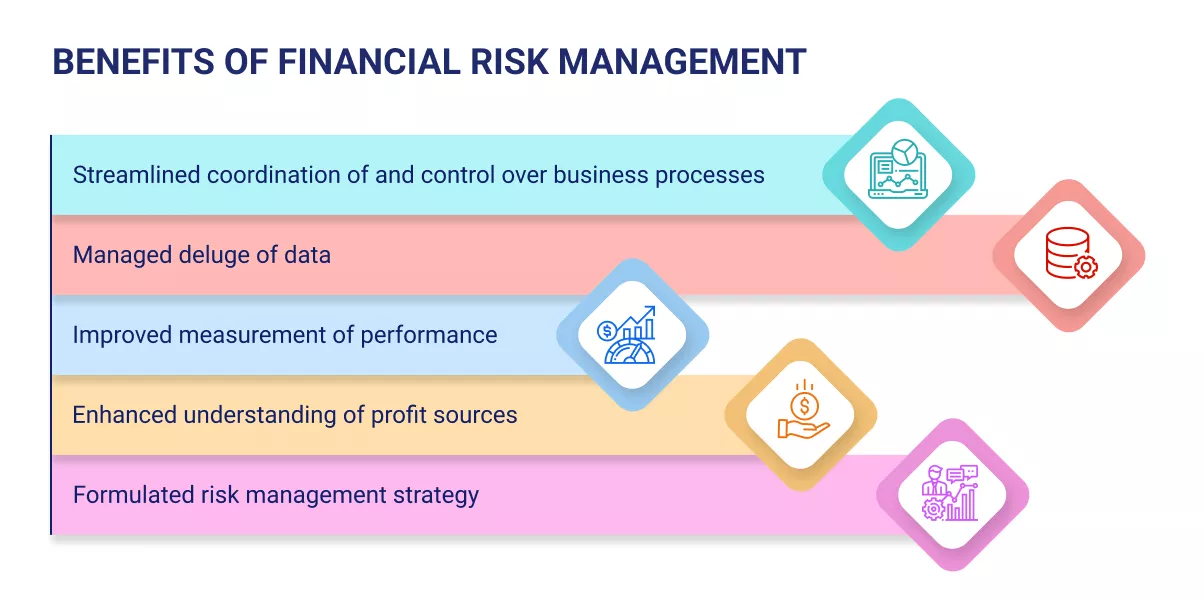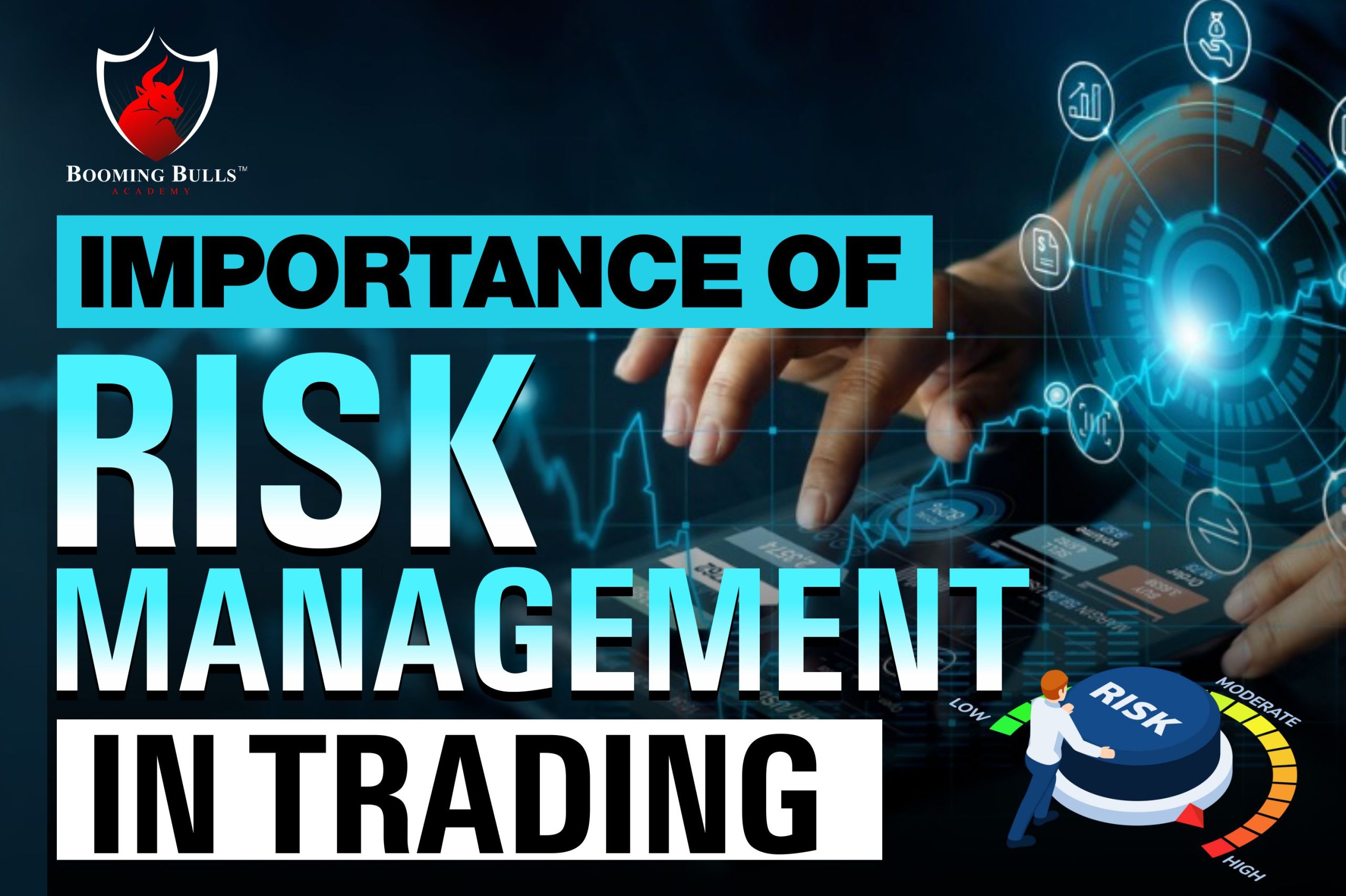A Comprehensive Guide to Understanding the Importance of Risk Management
Wiki Article
Discovering the Significance of Risk Management for Effective Decision-Making Strategies
In the intricate globe of business, Risk Management emerges as a critical consider the decision-making process. The ability to determine potential threats and chances, and plan appropriately, can lead to the distinction in between success and failing. With devices such as SWOT and PESTEL, organizations are outfitted to make enlightened options, promoting strength and adaptability in an ever-changing setting. Wondering exactly how this works? Allow's unload the characteristics better.Understanding the Concept of Risk Management
Risk Management, a critical component in decision-making, is usually misinterpreted or oversimplified. Risk Management involves disciplined and organized approaches, using information and insightful analyses. From financial unpredictabilities, legal liabilities, critical Management mistakes, to crashes and natural disasters, it attends to numerous dangers - importance of risk management.The Function of Risk Management in Decision-Making Processes
In the realm of calculated preparation and company operations, Risk Management plays an essential duty in decision-making processes. It aids in identifying possible dangers and unpredictabilities that might affect the success of service goals. By tracing these threats, firms can create techniques to reduce their influence, ensuring service continuity and security. Risk Management hence becomes a crucial device in decision-making, aiding leaders to make enlightened selections based on a thorough understanding of the risks included. It motivates an aggressive approach, enabling organizations to prepare and expect for possible future situations. This substantially reduces the possibility of negative consequences, promoting much more efficient and efficient decision-making methods. Risk Management offers as a crucial element in the decision-making processes of any company.
Just How Risk Management Enhances Strategic Preparation
In the context of calculated preparation, Risk Management plays an essential function. Initiating with the recognition of prospective risks, it further reaches the implementation of Risk mitigation measures. The duty of Risk Management is not fixed but dynamic, as it requires consistent tracking and adjusting of strategies.Recognizing Prospective Threats

Carrying Out Risk Mitigation
Having actually developed the importance of determining potential risks, the following step is to discover Risk reduction. This procedure entails creating and implementing strategies to manage identified threats successfully. It is a crucial aspect of tactical planning as it enhances decision-making by minimizing potential adverse end results. Risk mitigation techniques can range from Risk evasion, Risk transfer, to risk reduction. Each technique needs to be customized to the details Risk, considering its prospective effect and the organization's Risk tolerance. Moreover, efficient Risk mitigation calls for a deep understanding of the Risk landscape and the prospective impact of each Risk. This understanding makes it possible for companies to prioritize risks and allot resources effectively, ensuring that one of the most significant hazards are attended to initially.Surveillance and Adjusting Strategies
Though Risk mitigation is a critical action in strategic preparation, constant surveillance and visit homepage modification of these approaches is similarly essential. It also offers a chance to examine the success of the Risk Management measures, allowing changes to be made where essential, additional improving strategic preparation. Monitoring and readjusting Risk Management strategies is a critical part for enhancing an organization's resilience and critical preparation.Instance Researches: Successful Risk Management and Decision-Making
In the globe of organization and money, effective Risk Management and decision-making commonly work as the pillars of prosperous enterprises. One such entity is an international oil firm that alleviated monetary loss by hedging against rising and fall oil prices. In another circumstances, a technology startup thrived by recognizing and approving high-risk, high-reward strategies in an unpredictable market. A worldwide bank, faced with governing unpredictabilities, effectively browsed the circumstance through aggressive Risk assessment and vibrant decision-making. These situations highlight the value of sharp Risk Management in decision-making processes. It is not the lack of Risk, yet the Management of it, that often separates successful companies from not successful ones. These cases emphasize the crucial duty of Risk Management in calculated decision-making. importance of risk management.Tools and Methods for Efficient Risk Management
These tools, such as Risk registers and heat maps, aid in determining and examining possible dangers. Risk action methods, a crucial element of Risk Management, involve accepting, preventing, transferring, or mitigating risks. With these tools and techniques, decision-makers can browse the complicated landscape of Risk Management, thereby helping with notified and effective decision-making.Future Trends in Risk Management and Decision-Making Techniques
As we explore the vast landscape of Risk Management, it ends up being obvious that the techniques and tools made use of today will certainly continue to evolve. Future patterns point towards a raised reliance on technology, with expert system and artificial intelligence playing significant duties. These technologies will certainly allow organizations to forecast prospective risks with higher accuracy and make even more informed choices. Furthermore, there will certainly be an expanding emphasis on resilience, not simply in managing threats but additionally in recuperating from adverse circumstances. The concept of Risk society, where every member of an organization is aware and included in Risk Management, will obtain extra importance. These fads herald a more proactive and inclusive technique in the direction of Risk Management and decision-making.Verdict

wikipedia reference Risk Management therefore becomes a vital tool in decision-making, aiding leaders to make educated options Check This Out based on a comprehensive understanding of the risks entailed. Risk mitigation approaches can vary from Risk evasion, Risk transfer, to risk decrease (importance of risk management). Efficient Risk reduction calls for a deep understanding of the Risk landscape and the potential influence of each Risk. Risk feedback methods, an essential component of Risk Management, involve approving, staying clear of, moving, or mitigating dangers. The principle of Risk society, where every participant of an organization is mindful and entailed in Risk Management, will certainly get much more prominence
Report this wiki page